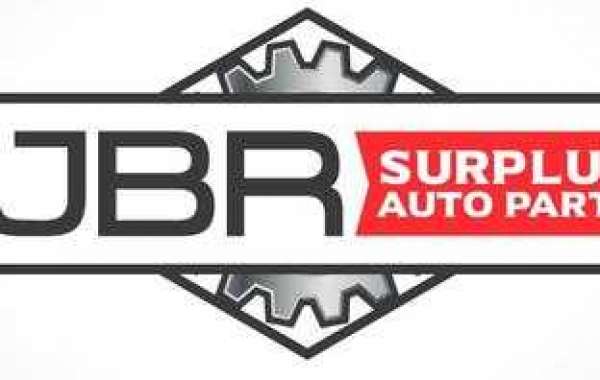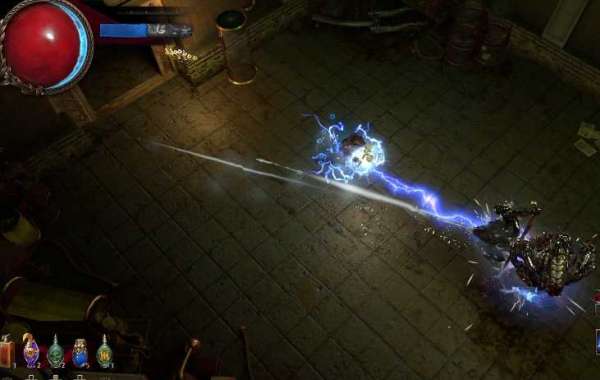NOS, NORS AND OEM PARTS: A COLLECTOR’S GUIDE
There are many different types of obsolete automotive parts available. Some are a lot more expensive than others because they are considered, by collectors, to maintain the authenticity and originality of old vehicles that are no longer manufactured. NOS stands for new old stock (NOS) automotive parts. The acronym refers to equipment which is usually very old but has never been sold at retail before.
What makes NOS parts special?
They are the only types of components that can be used as replacements without being considered end of run automotive parts because they were made for the original purpose of building a car from scratch.
There are many vehicles, particularly vintage cars, that will need obsolete automotive parts in order to function. For serious collectors, the most important aspect of maintaining old and vintage vehicles is to preserve the original design and composition. For this reason, new old stock (NOS) automotive parts can be highly sort after and extremely expensive to source. Generally, a part is considered NOS if it meets all the standards listed below.
- It’s no longer in production
- Has been discontinued by the manufacturer
- Has been sitting in the excess inventory of local dealerships for a very long time.
What other options are there?
If NOS parts are too expensive or simply impossible to find, then there are other ways of replacing parts in old and vintage vehicles. End of run auto parts are ones that have been produced after the point at which a vehicle has ceased to be manufactured.
What is an OEM part?
OEM stands for Original Equipment Manufacturer. These are not original but come from the same manufacturer. Usually OEM parts are produced when there is an extreme scarcity of NOS parts and the demand from collectors is high. Large automobile manufacturing companies such as General Motors and Ford have licensed the reproduction of replacement parts for discontinued vehicles to cater especially for the hobby of collectors. OEM parts are built to function in exactly the same way as original parts but can vary significantly in appearance. This detracts from originality making OEM parts worth less than NOS parts. In turn, however, they are much cheaper to buy.
What is a NORS part?
NORS parts are end of run automotive parts. The acronym stands for New Old Replacement Stock. The difference between NORS and new old stock (NOS) automotive parts is that they have been made after a certain vehicle has ceased to be manufactured anymore. The parts are identical to NOS parts but were intended as replacements rather than for original use. Since there is a certain obsessive compulsiveness attached to the hobby of collecting, these parts are also worth less than NOS components. Both are obsolete auto parts but it all comes down to originality in the end.
Conclusion
Which components one decides to use as replacements for faulty automotive parts entirely depends on the owner’s goal. If the owner wishes to maintain a vehicle’s originality, and therefore it’s overall worth, then NOS parts are essential. However, if the owner simply wishes to maintain the functionality of an old vehicle then OEM or NORS parts are very good compromises. They may cause a depreciation in the overall value of the vehicle, but they will be cheaper to purchase and easier to source.








